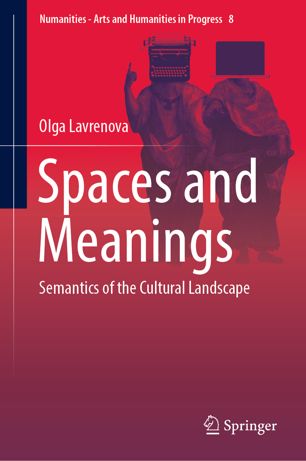

Most ebook files are in PDF format, so you can easily read them using various software such as Foxit Reader or directly on the Google Chrome browser.
Some ebook files are released by publishers in other formats such as .awz, .mobi, .epub, .fb2, etc. You may need to install specific software to read these formats on mobile/PC, such as Calibre.
Please read the tutorial at this link: https://ebookbell.com/faq
We offer FREE conversion to the popular formats you request; however, this may take some time. Therefore, right after payment, please email us, and we will try to provide the service as quickly as possible.
For some exceptional file formats or broken links (if any), please refrain from opening any disputes. Instead, email us first, and we will try to assist within a maximum of 6 hours.
EbookBell Team

4.8
54 reviewsThis book examines the problem of relationships between culture and space. Highlighting the use of semiotics of culture as a basic concept of research, it describes the power of the cultural landscape in the context of culture philosophical research. Opening with a discussion of the existence of culture in space, it establishes basic concepts such as noosphere and pneumatosphere. The author acknowledges the early contributions of thinkers like Vladimir Vernadsky and Pierre Teilhard de Chardin, who first observed that human activity has become a geological force.
Introducing time and space to the discussion, the author then describes the nature of mythological time, eternity versus timelessness, and the semantics of sacred landscapes, space and ritual. These concepts are further developed in discussions of the metaphorical nature of cultural landscape, and the city as metaphor.
The book explores semiotics in the cultural landscape, examining the genesis of concepts from geographical images to signs and the axiological dimension of geographical images. In her approach to the idea of cultural landscape as text, she provides detailed examples, including the Russian landscape as agent provocateur of the text, and the culture philosophical aspects and semantics of travel.
It establishes the cultural landscape as a phenomenon of culture that is fixed in geographical space with the help of semiotic mechanisms—a specific area of culture of life possessing functional and ontological self-sufficiency.